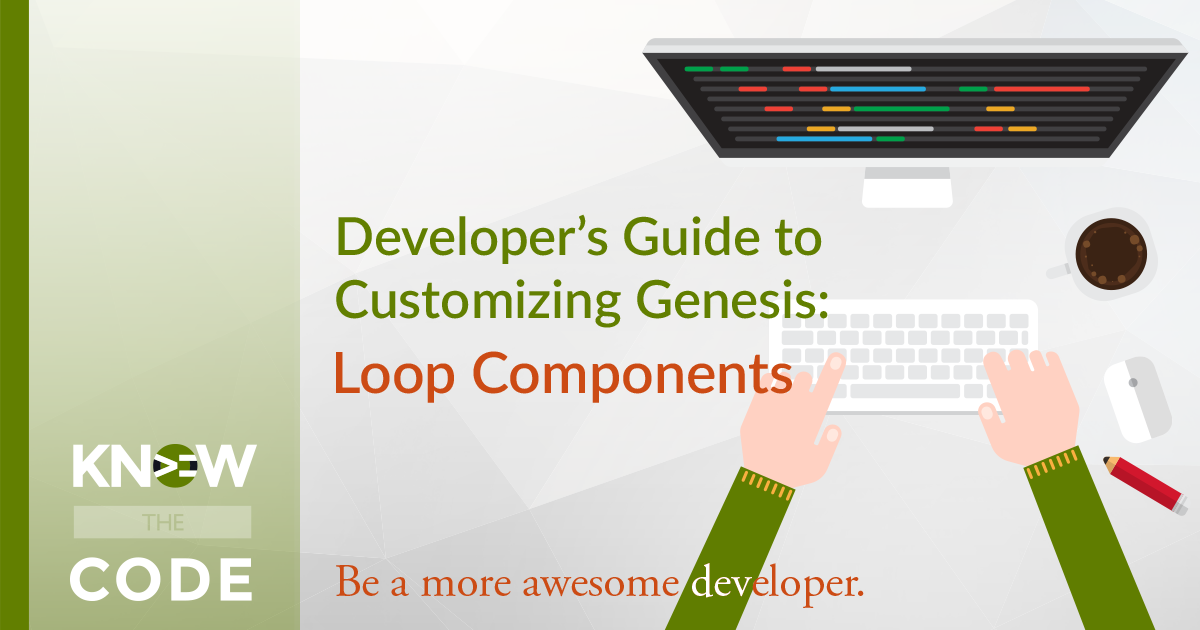On archive pages, such as the Posts Page, you want a way to navigate to the additional posts. Genesis provides pagination in two different formats: previous and next links or numeric. You select what you want in the Genesis > Theme Settings > Content Archives meta box. Let’s walk through this code.

